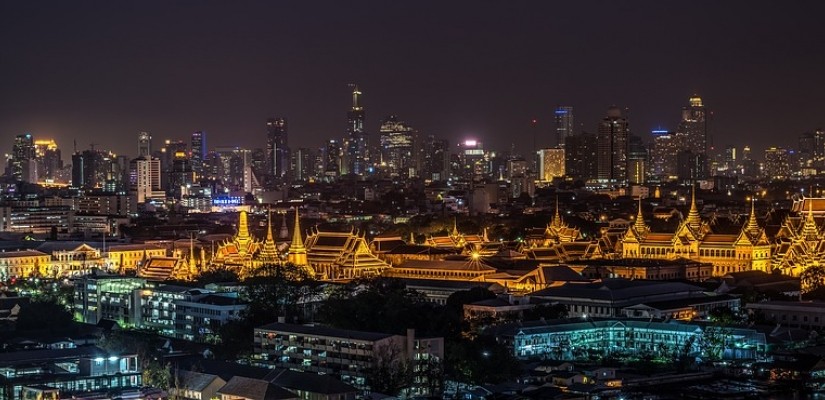As a summit for the Association of Southeast Asian Nations (ASEAN) wrapped up in Bangkok, citizens have high expectations for more sustainable cooperation in the region. The primary focus of the 34th ASEAN Summit on June 23, 2019, was to advance partnerships for sustainability in all aspects, specifically in the economic sector. The summit emphasized the role of ASEAN as a primary driving force for maintaining cooperation with partners through the principles of unity and centrality. As an inclusive organization, ASEAN may establish cooperation with external parties and give formal status as a dialogue partner, sectoral dialogue partner, development partner, special observer, or guest. Appointing such status aims to enhance wide-ranging cooperation for the benefit of the ASEAN people to achieve sustainable development.
Thus far, ASEAN dialogue partners include the United States, Australia, India, Japan, Canada, South Korea, Russia, New Zealand, China, the European Union, and the United Nations. Some other countries such as Pakistan, Norway, Switzerland, and Turkey are current sectoral dialogue partners. Additionally, Germany has been a development partner since 2016. The ASEAN region has proved itself to be an important economic region. As a result, many developed countries are taking advantage of the potential for development in ASEAN countries.
During the summit, Prime Minister Prayut Chan-o-cha noted the challenge of ASEAN economic integration and the implementation of the Regional Comprehensive Economic Partnership (RCEP) agreement. The RCEP initiative has encountered several delays in negotiations since 2012. The RCEP will integrate the ten ASEAN member states with China, Japan, South Korea, India, Australia, and New Zealand to create the largest Free Trade Agreement (FTA) bloc in East Asia. Through this framework, the RCEP will target approximately 39% of the world’s GDP with a potential market of $21.6 trillion. Encompassing 650 million people or 45% of the world’s population, implementation of the RCEP is expected to create an inclusive and sustainable economic partnership through trade facilitation, investment, economic and technical cooperation, competition, dispute settlement, e-commerce, as well as small and medium enterprises (SMEs).

The Bangkok summit addressed the RCEP’s potential to deliver significant market opportunities in the ASEAN region. Member states expect that the RCEP will deliver significant benefits by lowering trade barriers, improving regulatory rules, and securing market access for goods and services among ASEAN members and ASEAN’s FTA partners. Initiatives include the ASEAN-wide Self-Certificate Scheme (AWSCS), the ASEAN Customs Transit System (ACTS), and the ASEAN Mutual Recognition Arrangement on Type Approval for Automotive Products (APMRA).
The ASEAN region is not isolated from the high tension of the trade war between the United States and China. As addressed in the summit, ASEAN members are committed to diminishing the effects of the trade war within the region. Some efforts include strengthening partnerships through increasing regional production in various sectors and improving competitiveness in the global market. The trade war could possibly pressure ASEAN countries to swap Chinese-made products in favor of Southeast Asian manufacturing. Moreover, ASEAN countries are looking further into boosting trade within the regional group in East Asia by involving the RCEP’s prospective members. Thus, RCEP negotiations are expected to reach a conclusion by the end of 2019.
The future economy in the ASEAN region is indeed promising. While significant progress has been made across the ASEAN region, the rapidly changing regional and global environment remains unpredictable. Economic disparities remain a real challenge in economic integration. Furthermore, free flow of goods, service, labor, and capital will conceivably create labor issues, import and export-related issues, and corruption if the policy is not equipped with sufficient regulation. The U.S.-China trade war means that the ASEAN region should be ready to receive the manufacturing shift from China by utilizing advanced technology in manufacturing. In order to address these challenges, the public relies on the commitment of ASEAN leaders to implement the outcome of the Bangkok summit and continue to solve future challenges. The future policy of economic integration is projected to bring a positive investment atmosphere for global investors.
